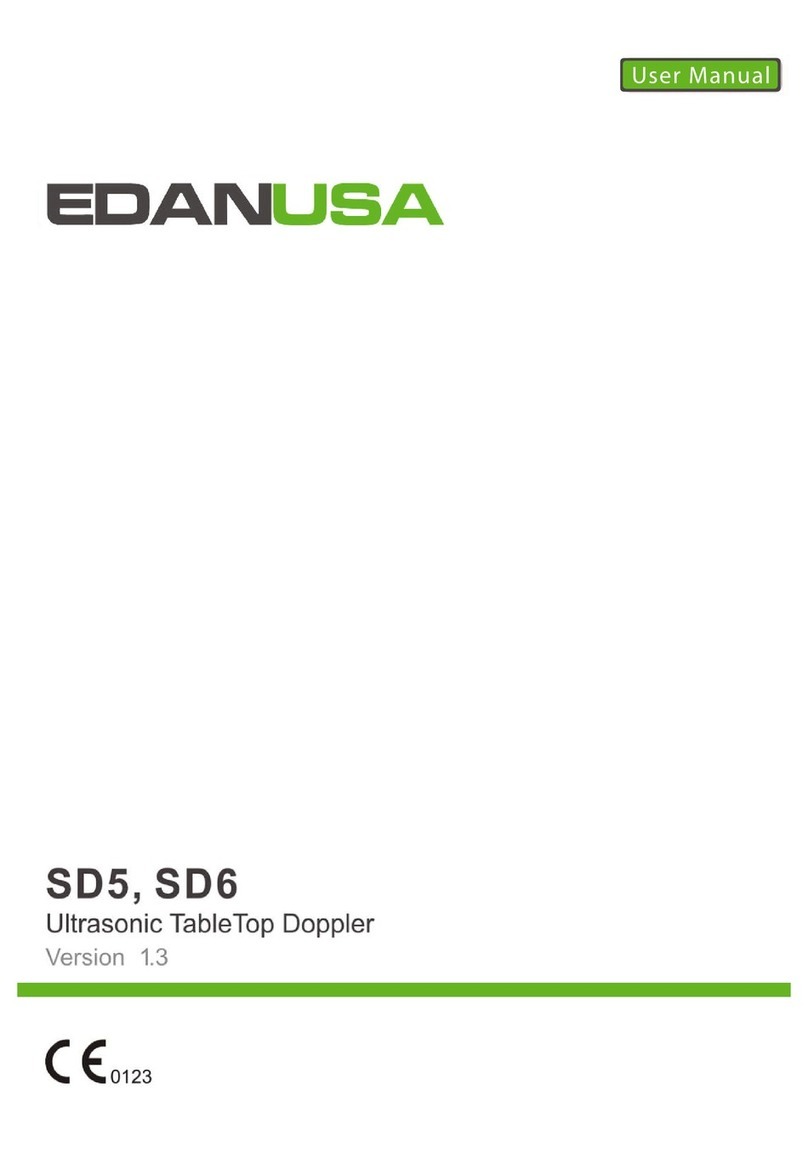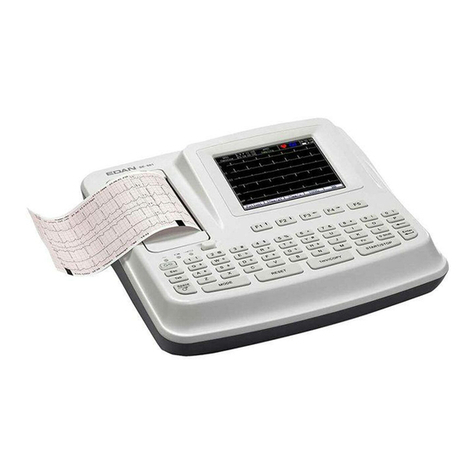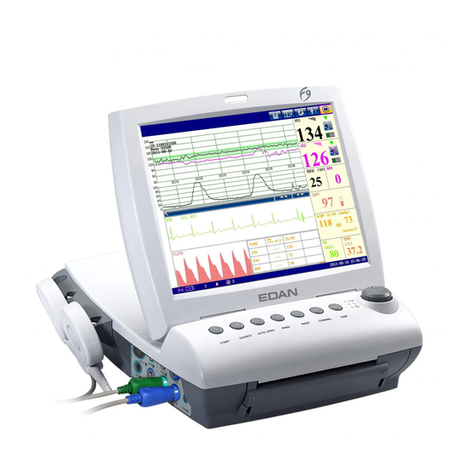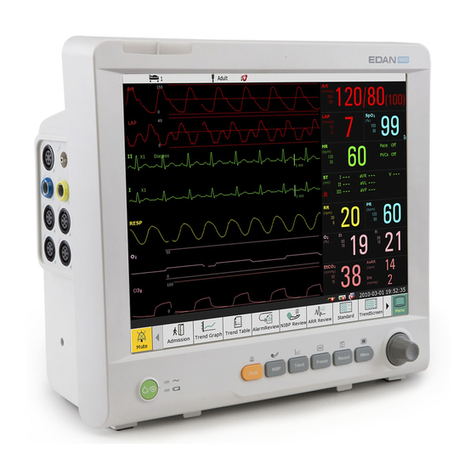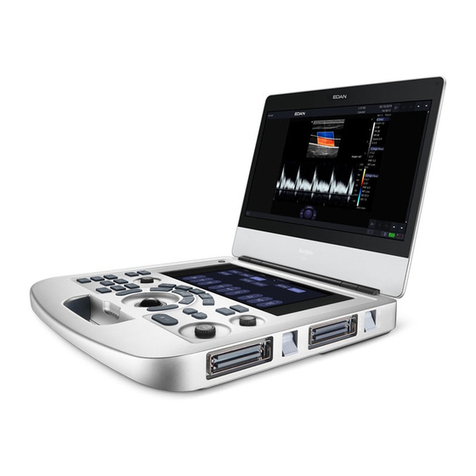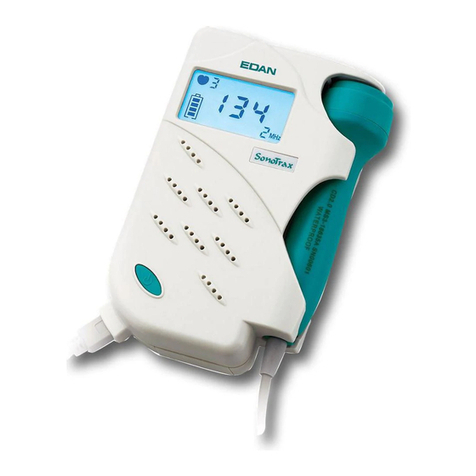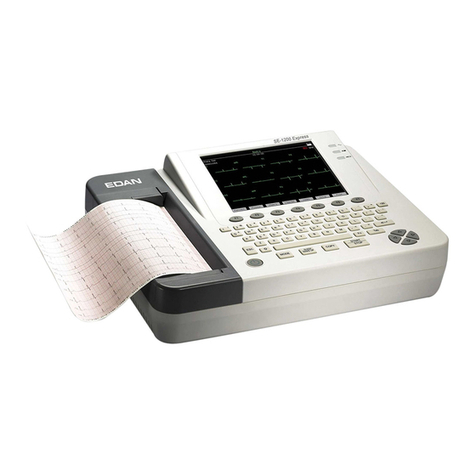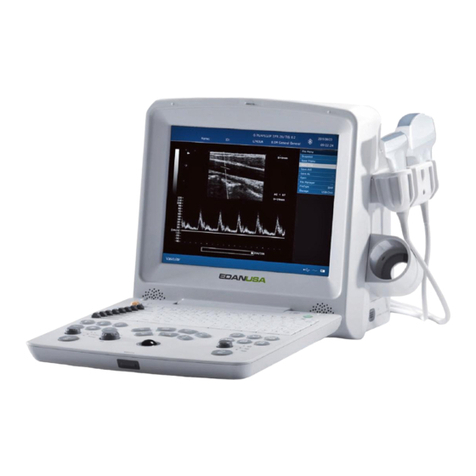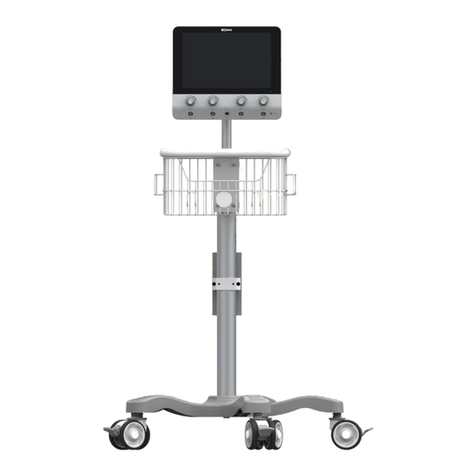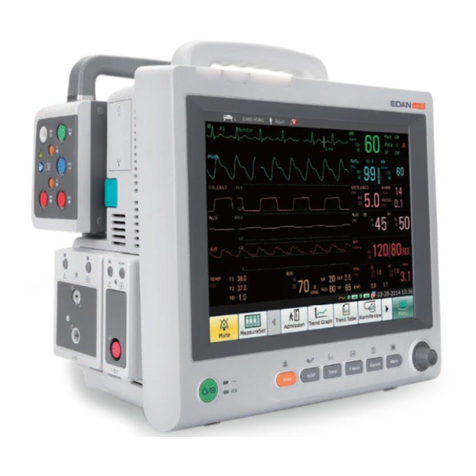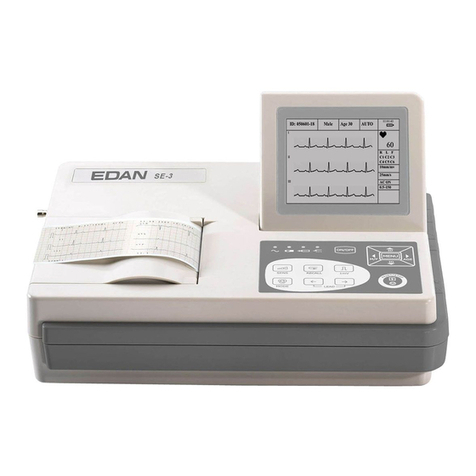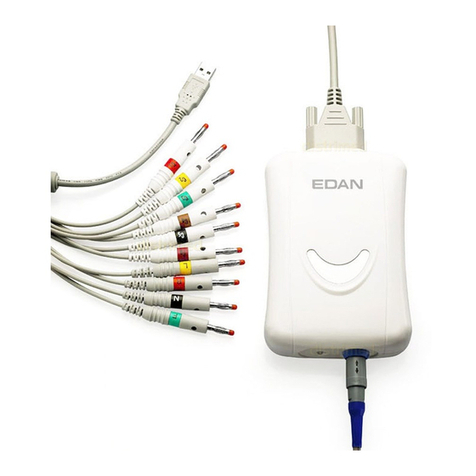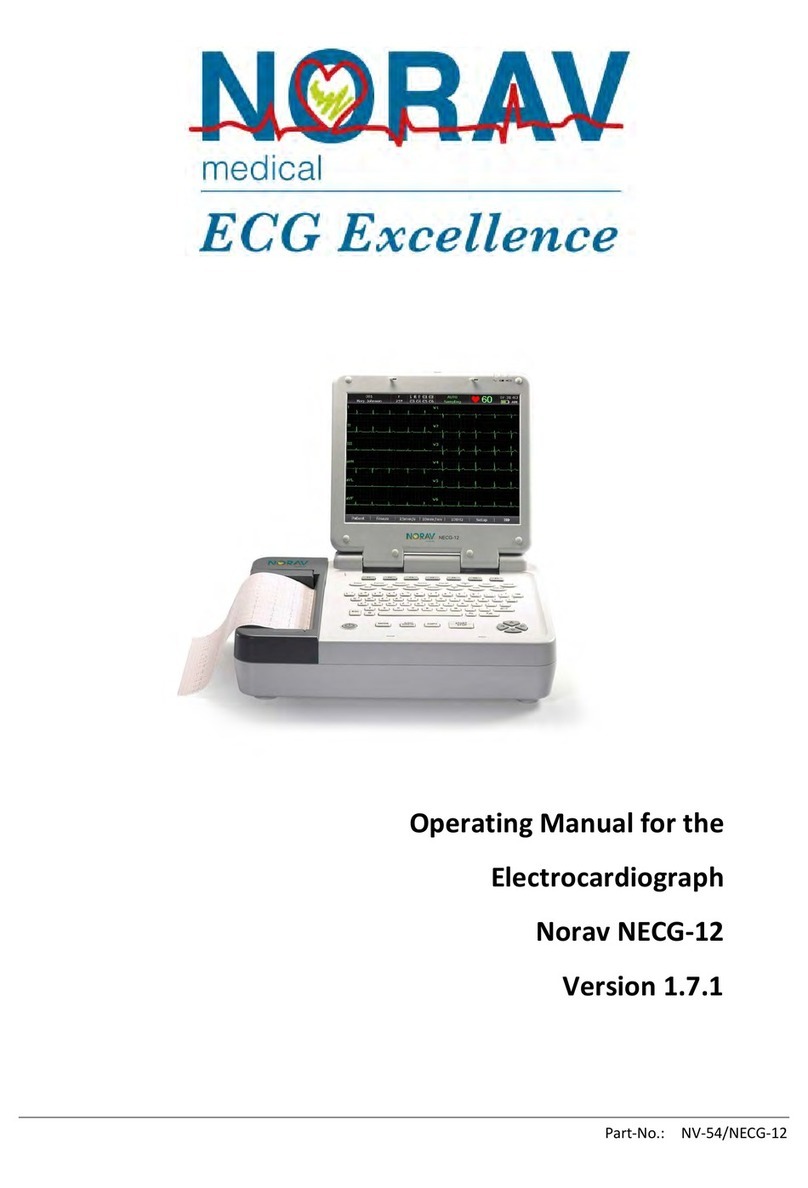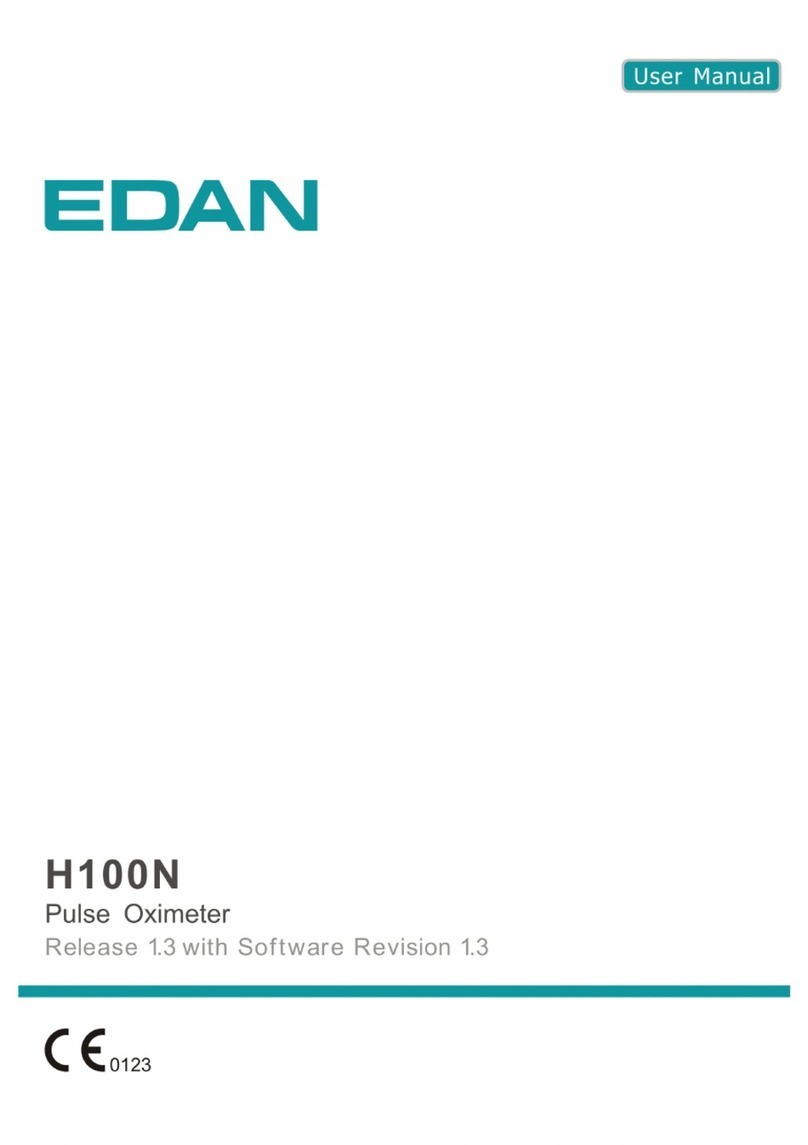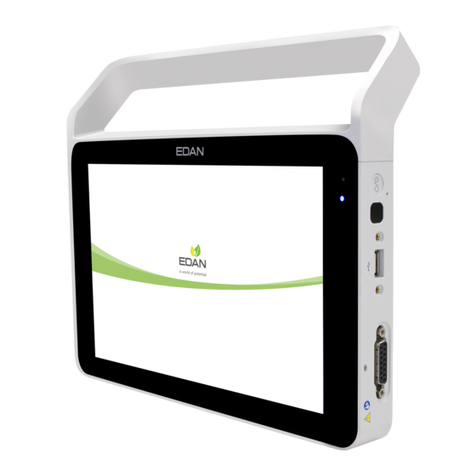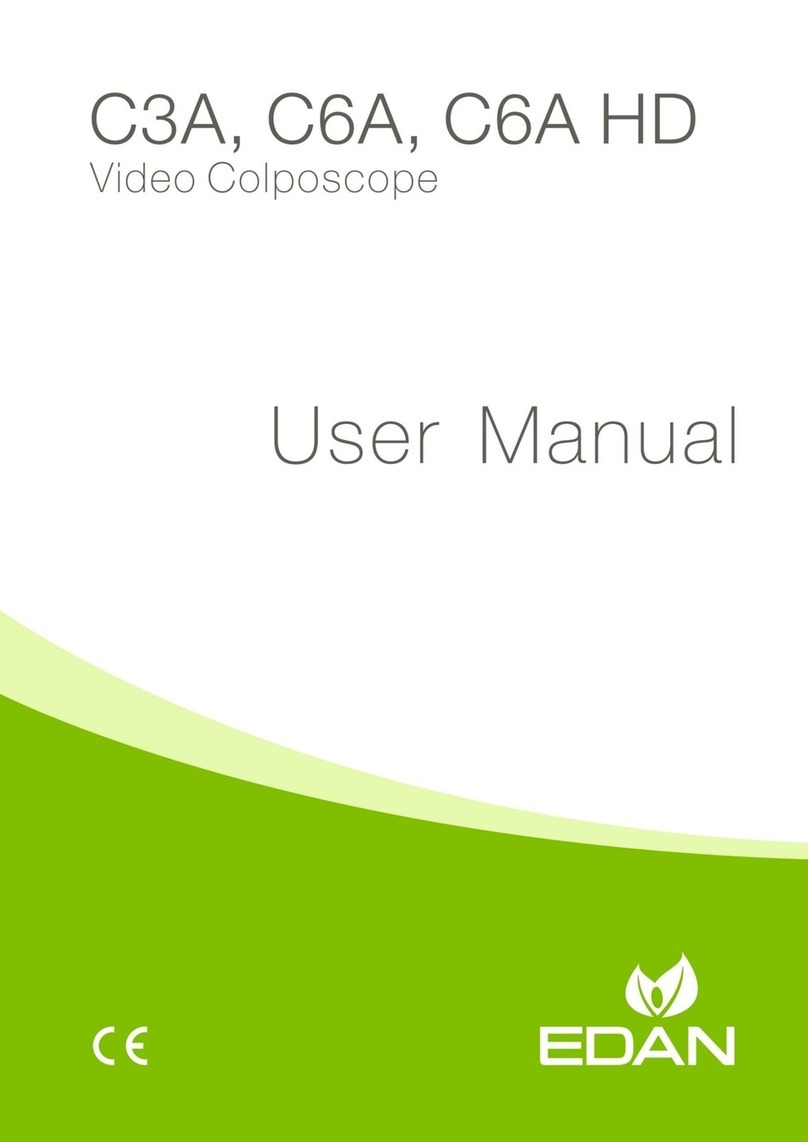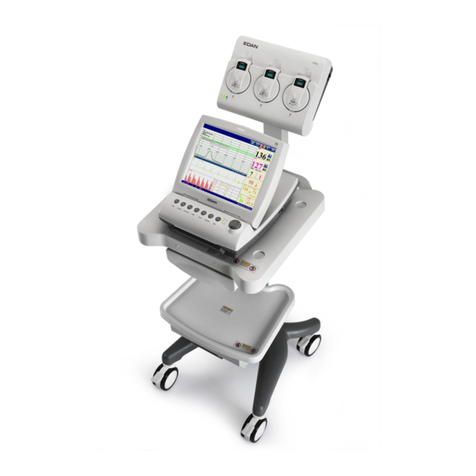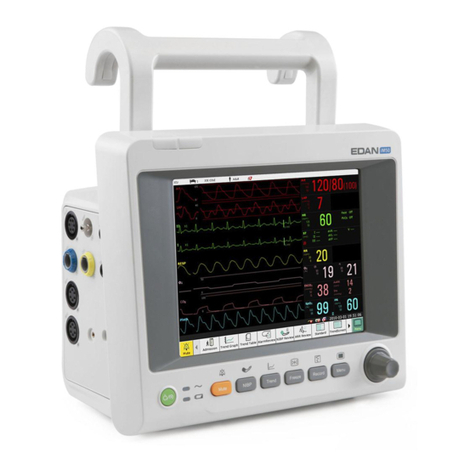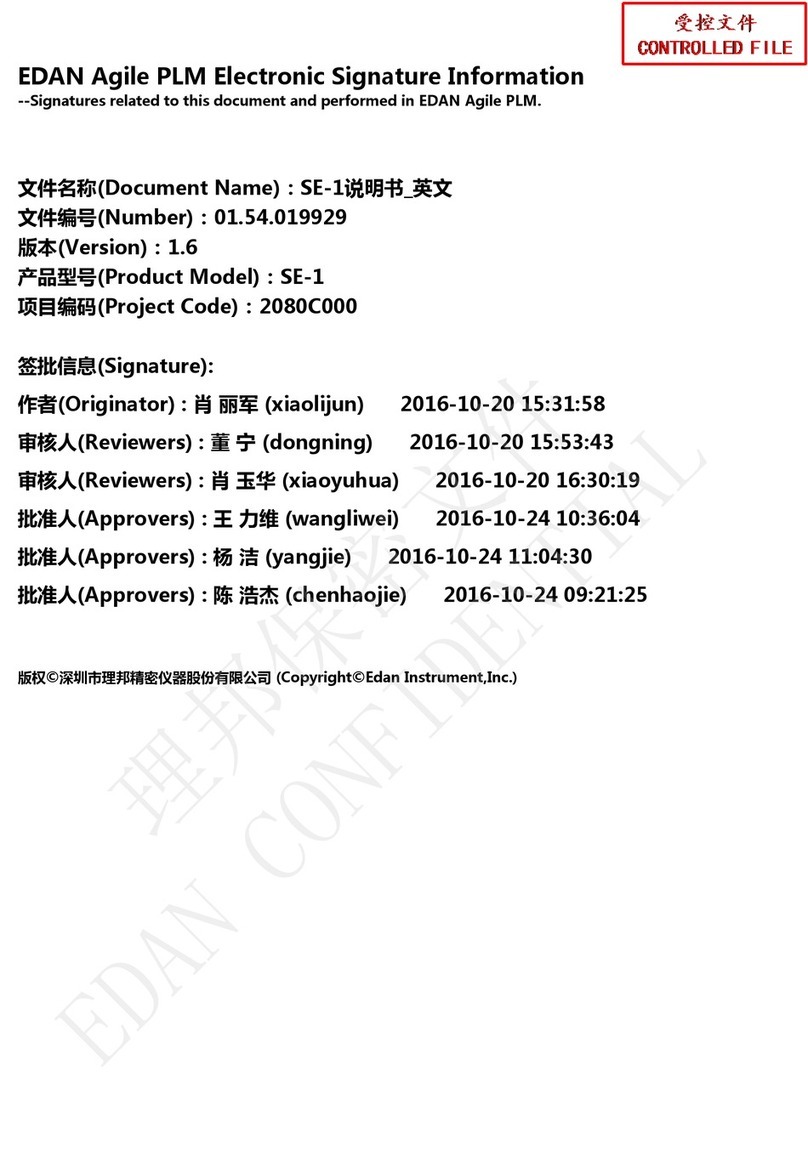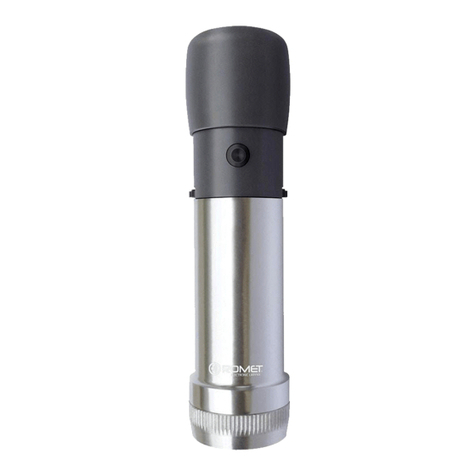
IV
4.3.4 LCD Contrast ................................................................................................................ 22
4.3.5 Data Protection.............................................................................................................. 22
4.3.6 Languages ..................................................................................................................... 23
4.3.7 Font ............................................................................................................................... 23
4.3.8 Check WP Switch ......................................................................................................... 23
4.3.9 Pole-fall Sound.............................................................................................................. 23
4.3.10 Battery Type................................................................................................................ 24
4.3.11 Date and Time............................................................................................................. 24
4.3.12 Exit .............................................................................................................................. 24
4.4 Screen Description ............................................................................................................... 25
4.4.1 Start-up Picture.............................................................................................................. 25
4.4.2 Low Battery Message 1................................................................................................. 25
4.4.3 Low Battery Message 2................................................................................................. 25
4.4.4 Inserting SD Card Message........................................................................................... 26
4.4.5 Read-write Errors of SD Card Message........................................................................ 26
4.4.6 Write-protect of SD Card Message............................................................................... 27
4.4.7 Data Protection Message............................................................................................... 27
4.4.8 No Patient Cable Message ............................................................................................ 27
4.4.9 Automatic Shutdown Message...................................................................................... 28
4.4.10 Shutdown Message...................................................................................................... 28
5 Recording...................................................................................................................................29
5.1 Overview .............................................................................................................................. 29
5.2 Start Recording..................................................................................................................... 29
5.2.1 Start Recording.............................................................................................................. 30
5.2.2 Input Patient ID............................................................................................................. 30
5.2.3 ECG Preview................................................................................................................. 31
5.2.4 Confirmation ................................................................................................................. 31
5.3 Recording Status .................................................................................................................. 32
5.3.1 Information Display ...................................................................................................... 32
5.3.2 ECG Display ................................................................................................................. 33
5.4 Stopping Recording.............................................................................................................. 33
5.5 Data Transmission................................................................................................................ 34
5.5.1 Transmit by SD Card .................................................................................................... 34
5.5.2 USB Connection............................................................................................................ 34
6 Cleaning, Care and Maintenance ............................................................................................36
6.1 Cleaning the Patient Cable ................................................................................................... 36
6.2 Care and Maintenance.......................................................................................................... 36
6.2.1 Visual Inspection........................................................................................................... 36
6.2.2 Maintenance of the Recorder and the Patient Cable ..................................................... 37
